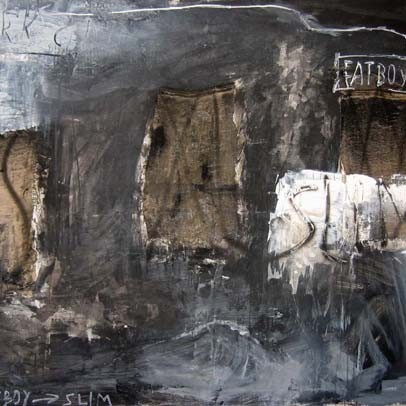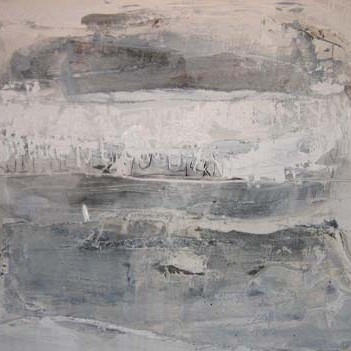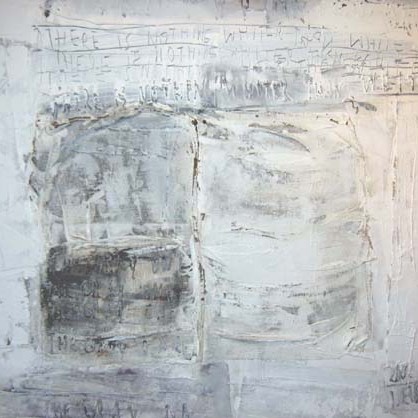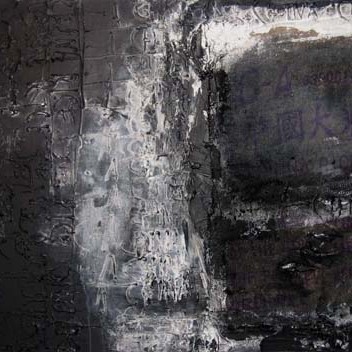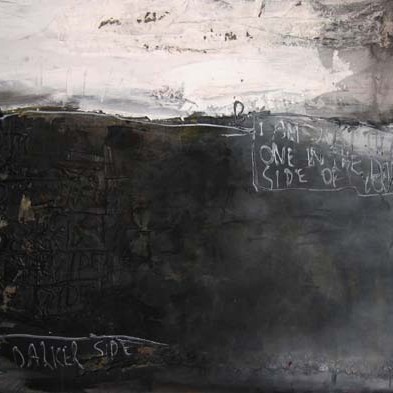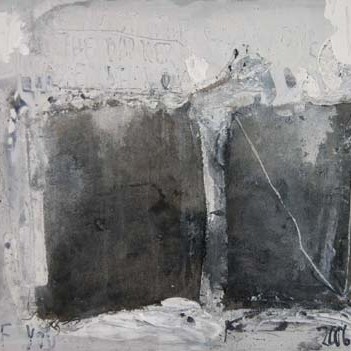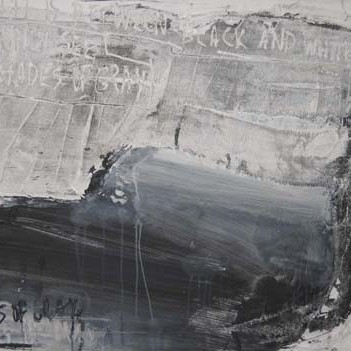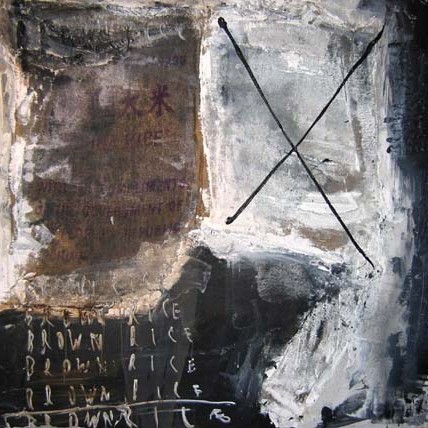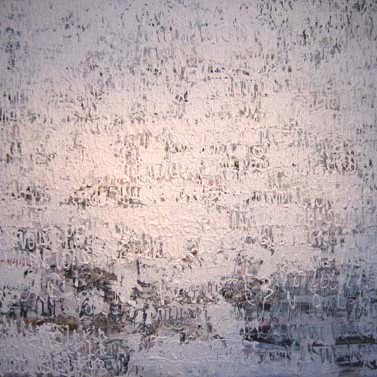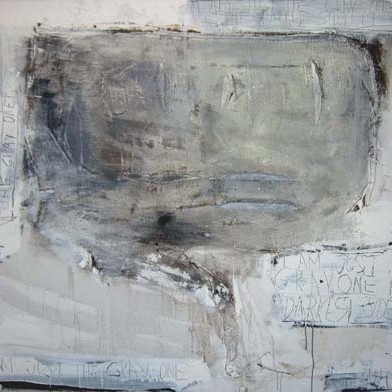Abstract art is generally regarded to have been born in the 1950ies in the United States of America. Certainly, while having a look at the art history as Winnetou, we could also detect hidden trails, smoke columns, which already decades earlier referred to the fact that something of the kind is approaching. People were walking carefully already since the beginning of the century on the road which firstly lead to blurring of a reconisable object and thereafter ended up with its disappearing. But the door was forced open with abstract expressionism, art history was entered and positions were taken. The image had disappeared, only pure colour had remained.
Abstractionism arrived in Estonia a decade after the start. The beginning was cautious, the world governed by rules could not have been explored immediately, first the limits had to be stretched as much as possible in order to slip in the new stomach. The exhibition of Elmar Kits in 1966 was most probably one of the first and most powerful manifestations, but it was still only a mixture of a vague theme, Pallas-style colour culture and controlled measuring. At the same period also started Ado Lill, an artist who rarely appeared at exhibitions, who after careful object painting quickly ended up in impetuous abstractionism. The forthcoming was already smoother, the channel already existed. People could even guess that the following could only be the variation of things having appeared before, the past with a slight tilt. They should have guessed for the second time as well.
The arrival of Jaan Elken into painting took place together with the hyperrealism of the 70ies, but the vibration could have already been felt. Extremely exact cityscapes, but still with a certain shade, with a slight smog, with the fracas of colours. But it still took time until Elken spread on the table all of the cards: painting of the 90ies – powerful, aggressive, denying the author’s death. The artist’s author’s position is in the bubbly 90ies still slightly confusing, from one side there is the turn in the personal creative biography, from another side also something completely new in the local artistic landscape. If it was even possible to classify his hunger for colours, then as a bonus is also added the tearing invasion into the reality of the 90ies. Elken puts together everything object-free and subject-centered, slips into something (seemingly) form-free and suddenly sees there the depiction of a street. Posters, media, international relations – all of this is out of a sudden there, the long-waited relative of the Estonian art, who everybody had mainly heard something about, was suddenly actually in the living-room.
In the second half of the 90ies Elken moved deeper into the social reality, but such shift was simultaneously a turn towards something more personal. History, memory, past, reminders – everything that could be analysed socially, but which at the same time is very personal, close, from that same canvas and skin. Memory scientists have for already a long time detected three memory categories, the most thrilling of which is the most obscure one – the area, which remembers things, remembering of which it is not even quite aware of. The same are things also with Elken – he sort of remembers, but not the whole story. Sporadically come to the surface some single aspects, but the less they are connected to the context, the more powerful and grand they are. But instructions? But the legend, which would make us move properly along the memory chart?
Once again: this is not a story.
Because how to tell about desperation, anxiety, sackcloth of the history?
.png)
